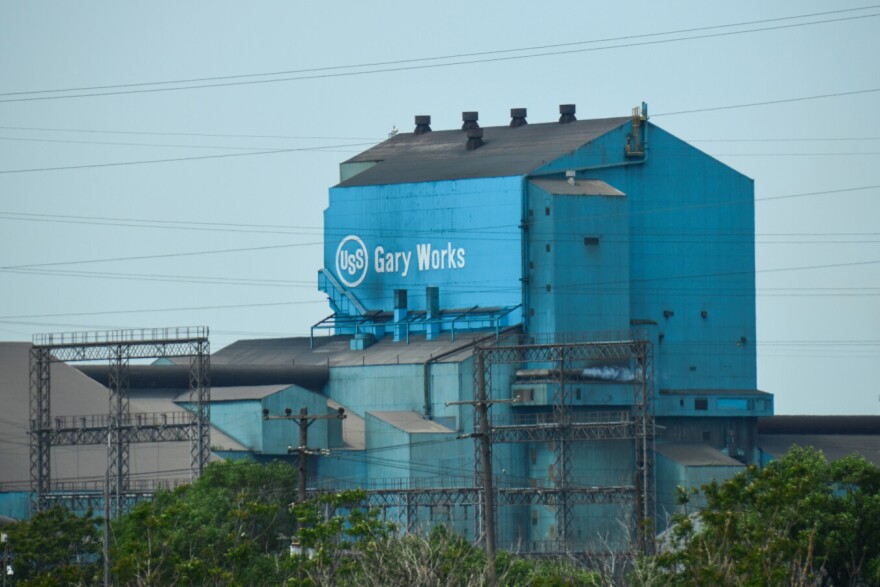Indiana is a powerhouse for steel manufacturing — more than a quarter of all U.S. steel is made here. But the state could lose that title if it doesn’t transition to a greener way of making steel.
That’s according to a new report by the American Council for an Energy-Efficient Economy (ACEEE) and the Citizens Action Coalition of Indiana.
The report said five major auto manufacturers with plants in Indiana have committed to going carbon neutral by 2050 or earlier. If Indiana can’t produce low-carbon steel and aluminum, automakers may look elsewhere.
ACEEE director emeritus Neal Elliott said states with greener steel plants like South Carolina and Georgia are already attracting more manufacturing — which will likely attract other companies and new residents.
“Once those ecosystems are in place, they're not going to get picked up and moved," he said.
Making that transition won’t be easy. It’s expensive to build new infrastructure. The report said Indiana would also need significantly more renewable energy and more green hydrogen than ever before at a much lower cost.
"If we were to take one of the three big steel mills in Indiana, they would take probably five to 10 times the entire production of hydrogen from the proposed Midwest hydrogen hub that has been under development," Elliott said.
READ MORE: Indiana groups say they're being 'shut out' of Midwest clean hydrogen hub conversations
Join the conversation and sign up for the Indiana Two-Way. Text "Indiana" to 73224. Your comments and questions in response to our weekly text help us find the answers you need on statewide issues, including this series on climate change and solutions.
Plants that use lower emissions electric arc furnaces would also need a lot more high-quality scrap steel.
Still, Ben Inskeep with the Citizens Action Coalition said it pays not to wait to start making the transition. The Biden administration has more than $80 billion available for industrial decarbonization through 2030.
“We have this opportunity to defray some of those costs and to get some of these incentives by being an early mover and not waiting until those incentives are gone or dried up," Inskeep said.
Inskeep said there’s also a surge of demand for greener steel and there’s not a lot on the market right now.
Steelmakers however may not share the report authors' fears. Pete Trinidad Sr. is the president of United Steelworkers union Local 6787 — which represents steelworkers at Cleveland-Cliffs Burns Harbor plant.
Trinidad said, right now, electric arc furnaces can’t make the high-quality, strong steel that a traditional basic oxygen furnace can. According to the report, there's also not enough steel scrap to go around for these furnaces either.
Trindad said Cleveland-Cliffs is exploring a lot of different ways to decarbonize — like using lower carbon feedstock in its Toledo plant and hydrogen injection tests at its Middletown, Ohio, plant.
“So we're not worried about missing out. We were the place to go for green steel right now," Trinidad said.
The company’s Burns Harbor plant hopes to reduce 2.8 million tons of CO2 emissions a year through carbon capture and storage and use some of that CO2 to power the plant.
The report said that would only account for 28 percent of the plant's annual emissions. Carbon capture and storage also hasn’t been proven at scale.
Trinidad said the equipment in Cleveland-Cliffs plants are all a little different because many of them were owned by different companies at one time — so the company often has to fit the technology to the equipment that's there.
A quarter of all greenhouse gas emissions that come from Indiana are from its metal manufacturers.
Rebecca is our energy and environment reporter. Contact her at rthiele@iu.edu or follow her on Twitter at @beckythiele.


